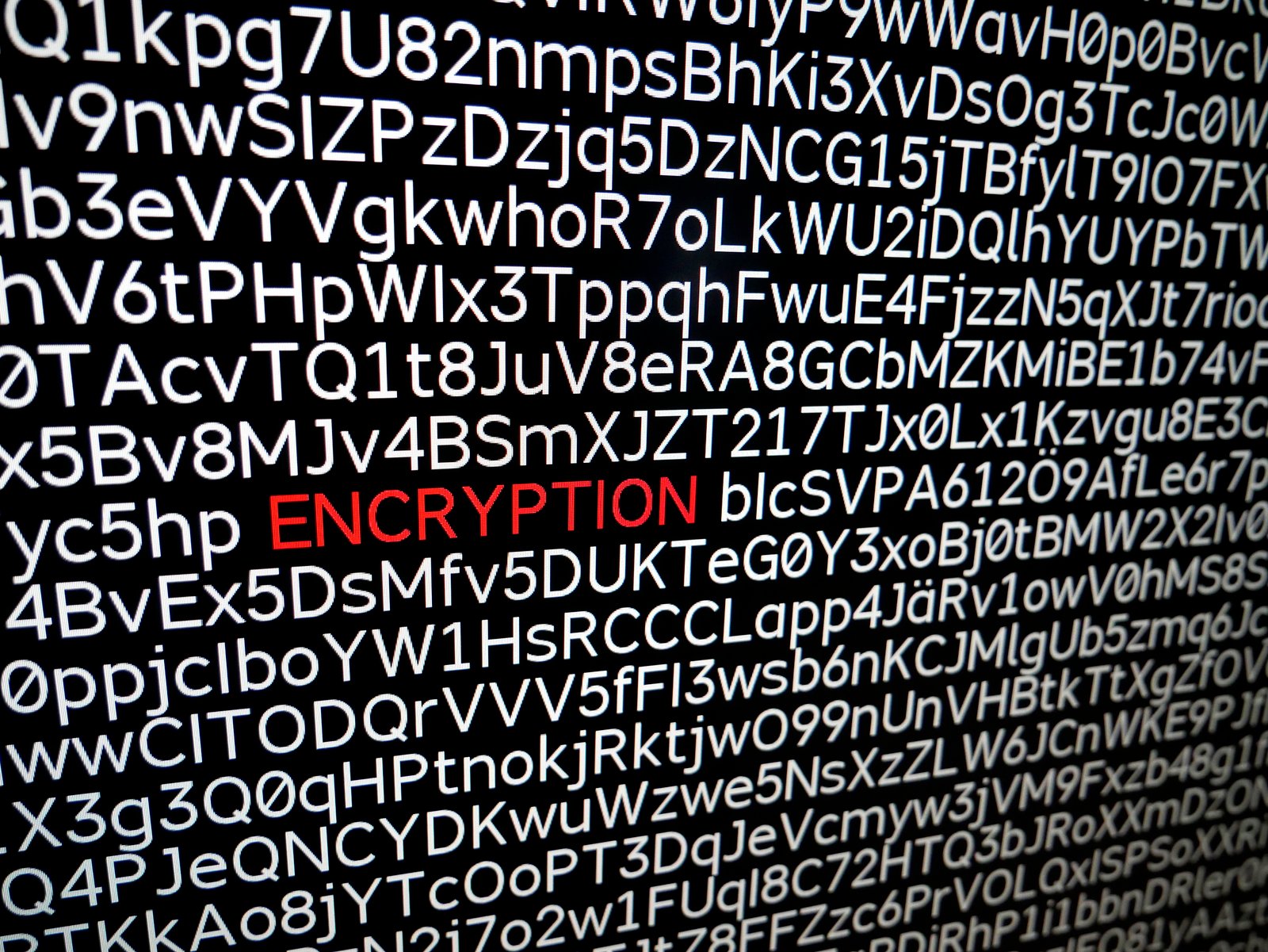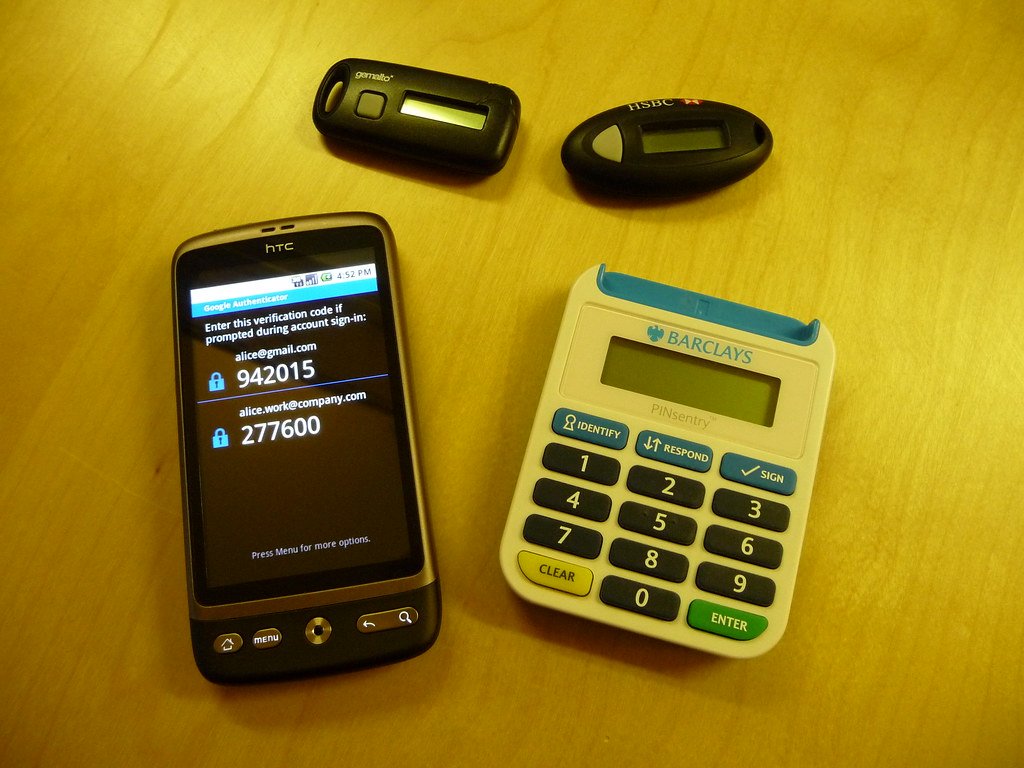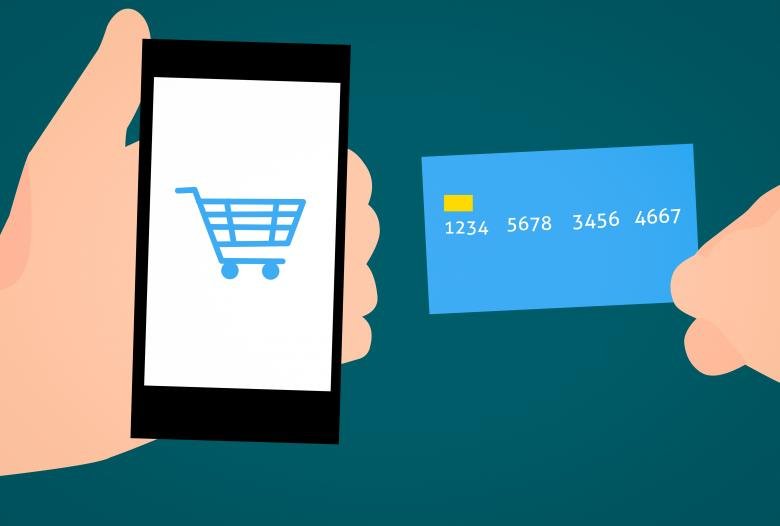Welcome to the Fortress of Trust, where impenetrable security measures unite to safeguard eCommerce and customers alike. In this digital era, where online transactions have become the norm, protecting sensitive information and ensuring reliability in every click is paramount. As the first rays of dawn illuminate the virtual landscape, we invite you on a journey that unveils unbeatable security measures, unveiling an impregnable fortress built to defend against all modern threats. Brace yourselves as we delve into the depths of this impenetrable stronghold, shielding eCommerce and its cherished patrons from the perils that lurk in the shadows. Step inside, for here, the power of creativity merges with unfailing vigilance to paint a portrait of trust and assurance in an ever-evolving world.
Table of Contents
- 1. Fostering Digital Confidence: Enhancing Customer Trust through Robust Security Protocols
- 2. Advanced Encryption at the Core: Fortifying eCommerce Platforms against Cyber Threats
- 3. Beyond Passwords: Utilizing Multi-factor Authentication for Enhanced User Authentication
- 4. Nurturing a Secure Digital Ecosystem: Industry Best Practices for Fortifying eCommerce Transactions
- Q&A
- In Conclusion

1. Fostering Digital Confidence: Enhancing Customer Trust through Robust Security Protocols
In today’s digital age, where online transactions and virtual communication have become the norm, fostering digital confidence has become more crucial than ever. It is imperative for businesses to provide a safe and secure environment for their customers, ensuring their trust remains unshaken. By enhancing customer trust through robust security protocols, businesses can build a fortress of trust, safeguarding eCommerce and customers alike.
To truly understand the significance of robust security protocols, let’s delve into some key considerations and real-world examples:
1. **Data encryption**: Implementing strong encryption methods ensures that sensitive customer data, such as credit card details and personal information, remains encrypted during transmission. This prevents unauthorized access and protects against potential data breaches.
2. **Two-factor authentication**: By requiring customers to verify their identities through a secondary means, such as a unique code sent to their registered mobile device, businesses add an extra layer of security. This prevents unauthorized access even if a customer’s password is compromised.
3. **Regular security audits**: Conducting comprehensive security audits helps identify vulnerabilities and weaknesses in a business’s existing security measures. By staying proactive and addressing these issues promptly, companies can prevent potential security breaches before they occur.
Real-world example: Amazon, the global eCommerce giant, employs robust security protocols to enhance customer trust. They utilize SSL (Secure Socket Layer) encryption to protect sensitive information during transmission, ensuring that customer data is shielded from potential hackers.
Another real-world example comes from the banking sector, where institutions like JP Morgan Chase utilize two-factor authentication to authenticate online banking transactions. This additional security layer ensures that only authorized individuals can access sensitive account information.
By implementing these security measures and more, businesses can instill confidence in their customers, reassuring them that their data is safe and secure. Take the necessary steps to fortify your eCommerce platform and build a lasting foundation of trust with your customers.
2. Advanced Encryption at the Core: Fortifying eCommerce Platforms against Cyber Threats
In today’s interconnected world, where eCommerce platforms are thriving, security becomes paramount in order to protect both businesses and customers from cyber threats. With the rising sophistication of hackers and their relentless efforts to compromise sensitive data, adopting advanced encryption techniques is no longer an option, but a necessity to fortify eCommerce platforms.
At the core of efficient security measures lies advanced encryption, which is the process of converting plain data into a format that is unreadable for unauthorized individuals. By implementing robust encryption protocols, businesses can ensure that customer information, such as credit card details, remains safe from prying eyes. This not only builds a fortress of trust between the business and its customers, but also offers the following benefits:
– Enhanced data protection: Advanced encryption algorithms obfuscate sensitive information, making it virtually impossible for hackers to gain unauthorized access.
– Compliance with regulations: Many industries have stringent data protection regulations in place, and implementing advanced encryption measures helps businesses align with these rules.
– Damage control: In case of a security breach, encrypted data remains protected, reducing the risk of potentially catastrophic consequences.
– Customer peace of mind: Customers are more likely to trust a business that goes above and beyond to safeguard their personal and financial information.
Implementing encryption goes beyond just securing sensitive data. It also involves adopting secure communication protocols, such as HTTPS, and implementing security certificates to ensure data integrity. On top of that, businesses can utilize encryption tools like asymmetric encryption, which uses a pair of keys – public and private – to encrypt and decrypt data. By encrypting data at the core of eCommerce platforms, businesses can create an unbeatable security fortress that instills confidence in customers, bolsters their reputation, and protects against ever-evolving cyber threats.
3. Beyond Passwords: Utilizing Multi-factor Authentication for Enhanced User Authentication
In today’s ever-evolving digital landscape, where cyber threats are constantly on the rise, it is essential for businesses to reinforce their security measures and protect not only their sensitive data but also their customers’ information. One powerful tool that can significantly enhance user authentication is multi-factor authentication (MFA). Unlike traditional password-based authentication, MFA goes beyond the reliance on a single factor and adds additional layers of security, making it exponentially more challenging for cybercriminals to breach.
1. What is Multi-factor Authentication (MFA)?
– MFA is a security mechanism that requires users to provide two or more authentication factors to verify their identity. These factors can include something the user knows (password), something the user has (security token or mobile device), or something the user is (biometric information).
2. The Advantages of Adopting MFA:
– Enhanced Security: By incorporating multiple authentication factors, MFA significantly reduces the risk of unauthorized access. Even if an attacker obtains the user’s password, they would still need the second factor (e.g., a fingerprint or a security code) to gain entry.
– Protection against Credential Stuffing: With the prevalent practice of reusing passwords across multiple accounts, cybercriminals can exploit this vulnerability. MFA mitigates this risk by ensuring that attackers cannot gain access to an account solely by obtaining leaked credentials.
4. Nurturing a Secure Digital Ecosystem: Industry Best Practices for Fortifying eCommerce Transactions
In today’s fast-paced digital world, eCommerce has become an integral part of our lives. From online shopping to digital payments, businesses and consumers alike rely on the convenience and efficiency of online transactions. However, this convenience comes with its own set of risks, as cybercrime continues to evolve and pose threats to our digital ecosystem. To ensure a secure and trustworthy environment for eCommerce, it is crucial to implement industry best practices that fortify transactions and protect both businesses and customers.
One of the key best practices for nurturing a secure digital ecosystem is the adoption of multi-factor authentication (MFA) protocols. MFA adds an additional layer of security to online transactions by requiring users to provide more than one form of identification to verify their identities. This can include something they know (such as a password or PIN), something they have (such as a unique code or token), or something they are (such as a fingerprint or facial recognition). By implementing MFA, businesses can significantly reduce the risk of unauthorized access and fraudulent transactions.
- Implementing encryption protocols: Encrypting sensitive data during online transactions is crucial for protecting customer information. By using strong encryption algorithms, businesses can safeguard customer data from unauthorized access or interception by cybercriminals.
- Regularly updating software and security patches: Keeping eCommerce platforms up to date with the latest software versions and security patches is vital to address any vulnerabilities or weaknesses that cybercriminals may exploit.
- Monitoring and analyzing transaction data: By continuously monitoring and analyzing transaction data, businesses can detect and respond to suspicious activities in real-time. This enables them to identify potential security breaches and take proactive measures to mitigate risks.
By implementing these industry best practices and fortifying eCommerce transactions, businesses can create a fortress of trust, providing customers with peace of mind and confidence in their online transactions. Secure eCommerce not only protects businesses from financial loss due to fraud but also safeguards customers’ personal and financial information, fostering long-term trust and loyalty.
Q&A
Q: What is the significance of trust and security in eCommerce?
A: Trust and security are paramount in the world of eCommerce as they form the foundation of successful online transactions. Customers need to feel confident that their personal information and financial details are safeguarded, ensuring a secure environment for both buyers and sellers.
Q: What is the Fortress of Trust?
A: The Fortress of Trust is a comprehensive and innovative approach to securing eCommerce platforms, creating an impenetrable stronghold that protects both the website and its customers. It is a set of unbeatable security measures put in place to ensure the highest level of trust and reliability.
Q: How does the Fortress of Trust work?
A: The Fortress of Trust employs cutting-edge technology and multi-layered security protocols. It begins with robust encryption methods, creating an encrypted tunnel that shields sensitive customer information from prying eyes. Furthermore, it includes sophisticated fraud detection systems and real-time monitoring to identify and prevent any suspicious activities, providing a safe environment for eCommerce transactions.
Q: Are these security measures sufficient in protecting against hackers?
A: The Fortress of Trust employs state-of-the-art security measures that are designed to withstand the most cunning hackers. While no system is completely infallible, these measures greatly minimize the risk of a successful cyber attack. Regular security updates and continuous monitoring ensure that any emerging threats are promptly addressed.
Q: How does the Fortress of Trust benefit customers?
A: The Fortress of Trust instills a sense of confidence and peace of mind in customers. With secure transactions, customers can be assured that their personal details, such as credit card information, remain private and out of the hands of malicious actors. This trust in the eCommerce platform encourages customers to make purchases, fueling the growth of online businesses.
Q: What steps can eCommerce platforms take to reinforce trust?
A: In addition to implementing the Fortress of Trust, eCommerce platforms must prioritize transparency and user education. Clear privacy policies and terms of service enable customers to make informed decisions. Regularly communicating security efforts and offering customer support also play a vital role in building and reinforcing the trust of customers.
Q: Can the Fortress of Trust be implemented in all eCommerce platforms?
A: The Fortress of Trust is a flexible security framework that can be implemented in various eCommerce platforms, regardless of their size or nature. From small businesses to large corporations, this comprehensive system can be tailored to suit the individual security needs of different platforms.
Q: How does the Fortress of Trust impact the future of eCommerce?
A: The Fortress of Trust sets a new standard for security in the eCommerce industry. As cyber threats continue to evolve, it paves the way for continuous advancements in online security. With the implementation of robust security measures, the future of eCommerce promises a safer and more trustworthy environment for both businesses and customers alike.
In Conclusion
As we conclude our exploration of the “,” we stand in admiration of the unwavering commitment to protection displayed by the guardians of the digital realm. This impregnable fortress, fortified with cutting-edge technology and relentless dedication, ensures an unwavering shield against the ever-advancing threats that loom in the vast cyberspace.
Within the realms of eCommerce, trust is not just a word; it is the lifeblood that nurtures relationships between businesses and customers. In an era where commerce transcends geographical boundaries, the need for secure transactions has become more urgent than ever. We have discovered the exceptional measures enacted by these digital fortresses, unveiling security features that surpass the expectations of even the most cautious consumers.
Envision a moat, deep and impenetrable, encompassing layers of advanced encryption and authentication systems, standing as the first line of defense. Behind these virtual ramparts, dedicated sentinels—expert data security professionals—muster their vigilance day and night, ready to confront any threat with unwavering resolve.
As we delved deeper into this realm of impregnability, we found ourselves amazed by the intricate architecture of multi-factor authentication, seamlessly blending convenience with formidable security. These invisible forcefields shroud customers’ sensitive data, ensuring only rightful access through protocols known only to the most trustworthy custodians.
In this digital age, where malevolent forces lurk incessantly, the protectors of eCommerce demonstrate their value not only through preventions but also through swift detection and response. Like vigilant gatekeepers, advanced fraud detection systems scan all transactions, their vigilant eyes trained to identify and neutralize the slightest hint of deceit. Real-time monitoring and predictive analysis serve as eyes in the sky, thwarting the plans of even the most artful attackers.
But the true beauty of this wonder lies not only in its impenetrability but also in its ease of use. Commerce, once fraught with apprehension, now transforms into a delightful experience. Customers enter this virtual fortress, confident that their personal and financial information will be guarded with utmost dedication. Each click, each purchase, traverses a secure bridge, ensuring uninterrupted serenity.
As we exit this realm of unyielding protection, we salute the architects of trust, whose innovation and commitment have revolutionized the way we engage in commerce. Through impenetrable walls and ceaseless vigilance, they have turned eCommerce into a haven, a sanctuary where customers find solace and businesses thrive.
In this ever-evolving digital landscape, our trust rests securely within the fortress, fortified with unbeatable security measures. So let us proceed, with assurance in our hearts, confident in our forays into the boundless wonders of eCommerce.

